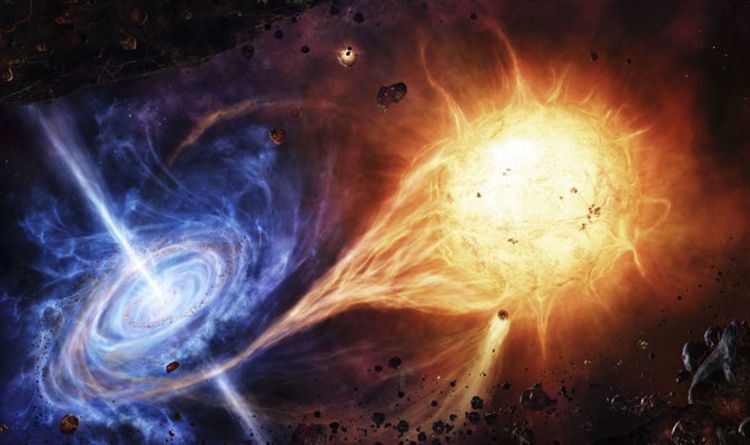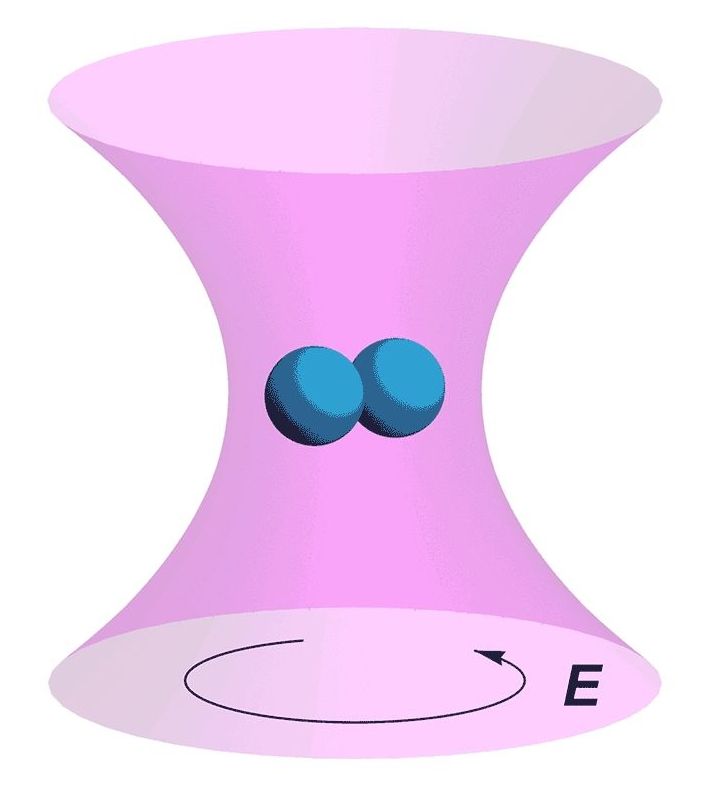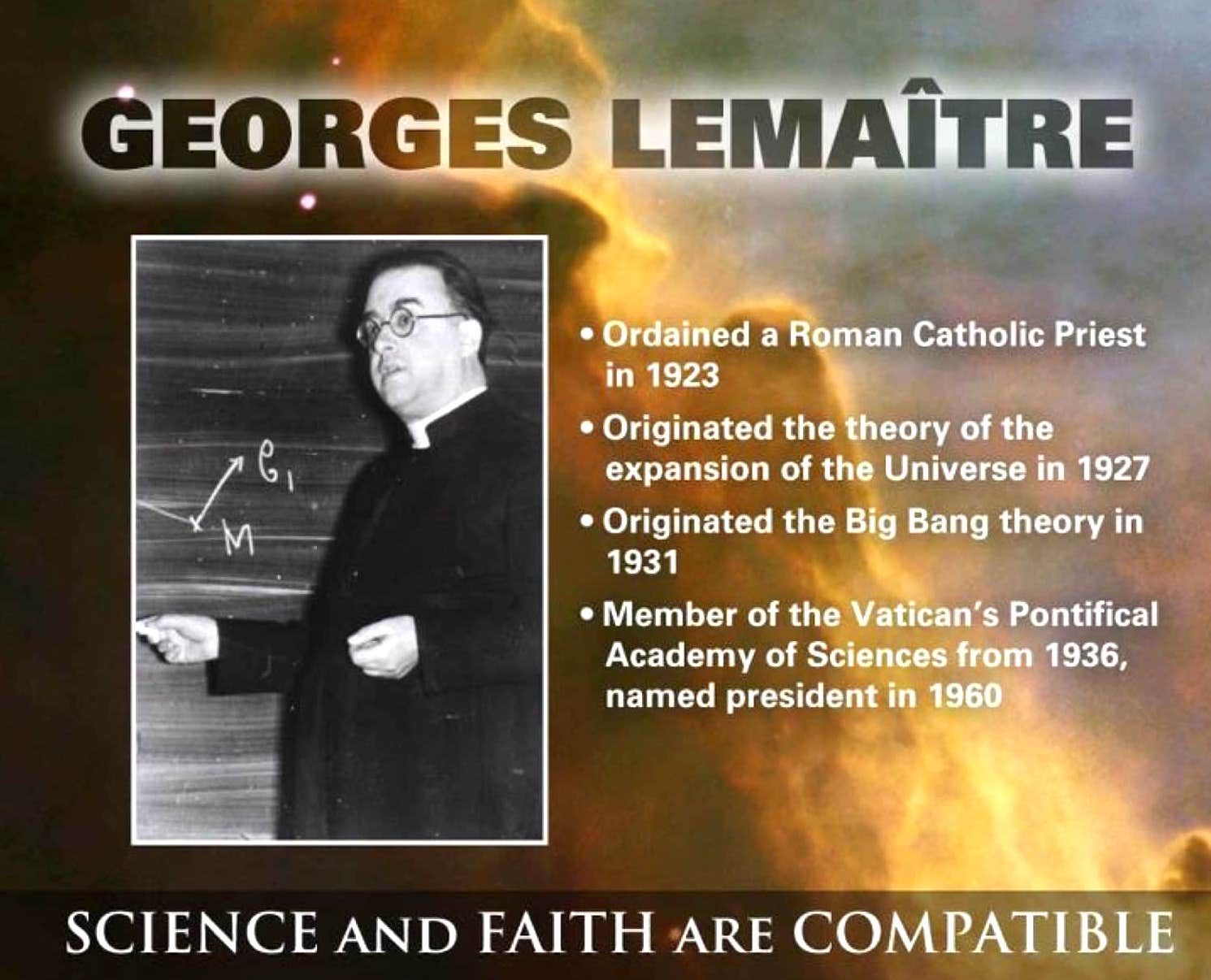Archive for the ‘particle physics’ category: Page 496
Jul 30, 2018
Move over, graphene: Iron ore mineral becomes newest 2D material
Posted by Genevieve Klien in categories: materials, particle physics
When it comes to new materials, thin is most definitely in. Brazilian researchers have created a new two-dimensional material called hematene, which is made up of sheets of iron ore just three atoms thick. And as is often the case with 2D materials, hematene seems to have different properties to its regular form.
Jul 30, 2018
God Particle will eventually DESTROY the universe — physicists in Doomsday claim
Posted by Genevieve Klien in categories: existential risks, particle physics
THE famous ‘God Particle’ will lead to the destruction of the entire universe, scientists have warned. British researchers are warning that the Higgs Boson, otherwise known as the God Particle, will one day lead to the destruction of the universe.
Jul 24, 2018
Beyond silicon: $1.5 billion U.S. program aims to spur new types of computer chips
Posted by Genevieve Klien in categories: computing, military, nanotechnology, particle physics, policy
Silicon computer chips have been on a roll for half a century, getting ever more powerful. But the pace of innovation is slowing. Today the U.S. military’s Defense Advanced Research Projects Agency (DARPA) announced dozens of new grants totaling $75 million in a program that aims to reinvigorate the chip industry with basic research into new designs and materials, such as carbon nanotubes. Over the next few years, the DARPA program, which supports both academic and industry scientists, will grow to $300 million per year up to a total of $1.5 billion over 5 years.
“It’s a critical time to do this,” says Erica Fuchs, a computer science policy expert at Carnegie Mellon University in Pittsburgh, Pennsylvania.
In 1965, Intel co-founder Gordon Moore made the observation that would become his eponymous “law”: The number of transistors on chips was doubling every 2 years, a time frame later cut to every 18 months. But the gains from miniaturizing the chips are dwindling. Today, chip speeds are stuck in place, and each new generation of chips brings only a 30% improvement in energy efficiency, says Max Shulaker, an electrical engineer at the Massachusetts Institute of Technology in Cambridge. Fabricators are approaching physical limits of silicon, says Gregory Wright, a wireless communications expert at Nokia Bell Labs in Holmdel, New Jersey. Electrons are confined to patches of silicon just 100 atoms wide, he says, forcing complex designs that prevent electrons from leaking out and causing errors. “We’re running out of room,” he says.
Jul 24, 2018
Beamed propulsion doable now, and with it space solar power
Posted by Klaus Baldauf in categories: particle physics, solar power, space, sustainability
A dream of advocates of low cost space access has been beam propulsion of various types, whether laser, microwave, or particle beams.
Jul 22, 2018
Meet the Woman Who Rocked Particle Physics—Three Times
Posted by Genevieve Klien in category: particle physics
Sau Lan Wu spent decades working to establish the Standard Model of particle physics. Now she’s searching for what lies beyond it.
Jul 22, 2018
Traces of the Fukushima Meltdown Can Be Found in California Wines
Posted by Genevieve Klien in categories: food, particle physics
Researchers found increased levels of radioactive particles in wines made after Japan’s Fukushima meltdown.
Jul 19, 2018
Scientists Made the Fastest-Spinning Molecules Ever to Test the Limits of Physics
Posted by Genevieve Klien in category: particle physics
Scientists made molecules that spin around each other a billion times per second, the fastest mechanical rotation on record. They want to use these spinning molecules to study the very fabric of spacetime.
The two independent teams were studying how light’s energy could make molecules move, and ended up generating incredible spin frequencies. But if the spins are fast enough, it could be a way to measure the friction that particles might feel against spacetime itself.
Jul 16, 2018
The Father of the Big Bang Theory
Posted by Michael Lance in categories: cosmology, engineering, military, particle physics
Monsignor Georges Lemaître was a Belgian Roman Catholic priest, physicist and astronomer. He is usually credited with the first definitive formulation of the idea of an expanding universe and what was to become known as the Big Bang theory of the origin of the universe, which Lemaître himself called his “hypothesis of the primeval atom” or the “Cosmic Egg”.
Georges Henri Joseph Édouard Lemaître was born on 17 July 1894 at Charleroi, Belgium. After a classical education at a Jesuit secondary school, the Collège du Sacré-Coeur in Charleroi, he began studying civil engineering at the Catholic University of Leuven (Louvain) at the age of 17. In 1914, he interrupted his studies to serve as an artillery officer in the Belgian army for the duration of World War I, at the end of which he received the Military Cross with palms.
Jul 16, 2018
Chinese Researchers Achieve Stunning Quantum Entanglement Record
Posted by Genevieve Klien in categories: particle physics, quantum physics
A team at the University of Science and Technology of China packed three qubits into each of six particles to pull off the unprecedented feat.

















